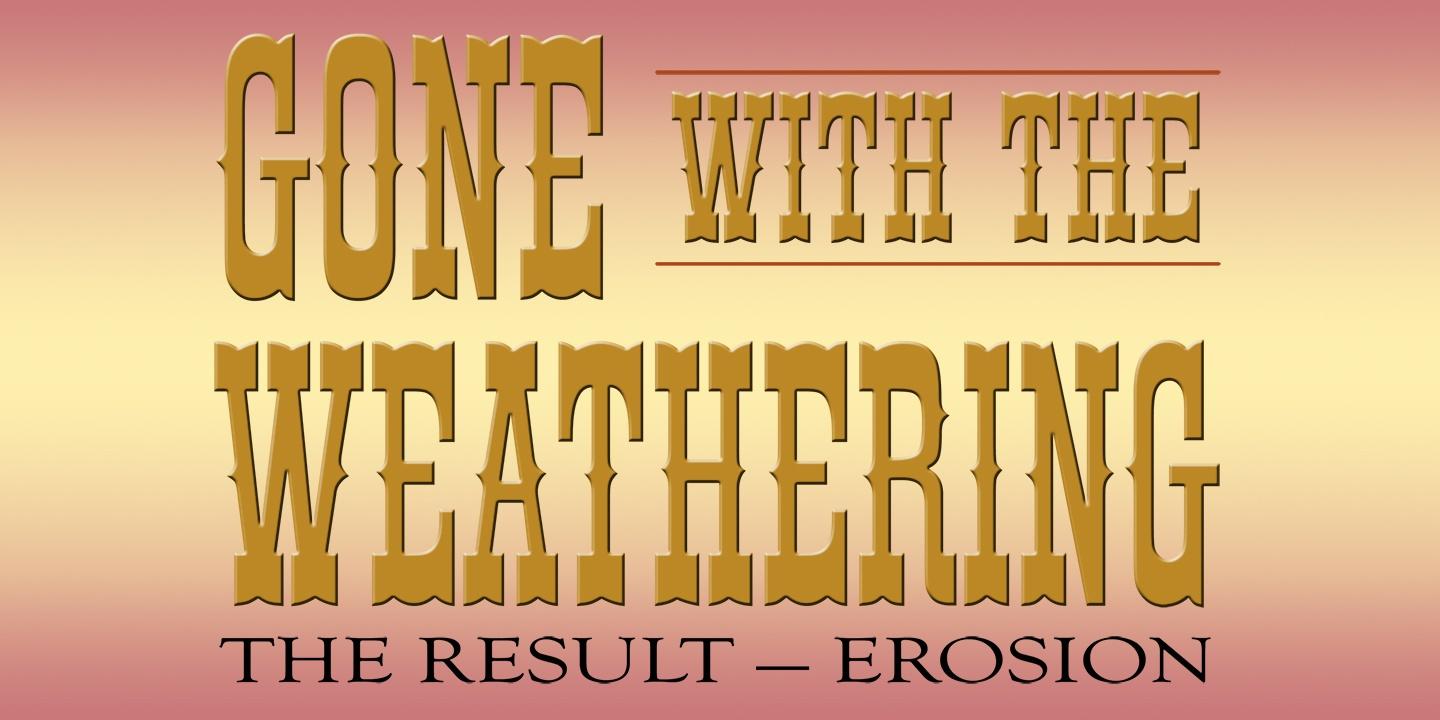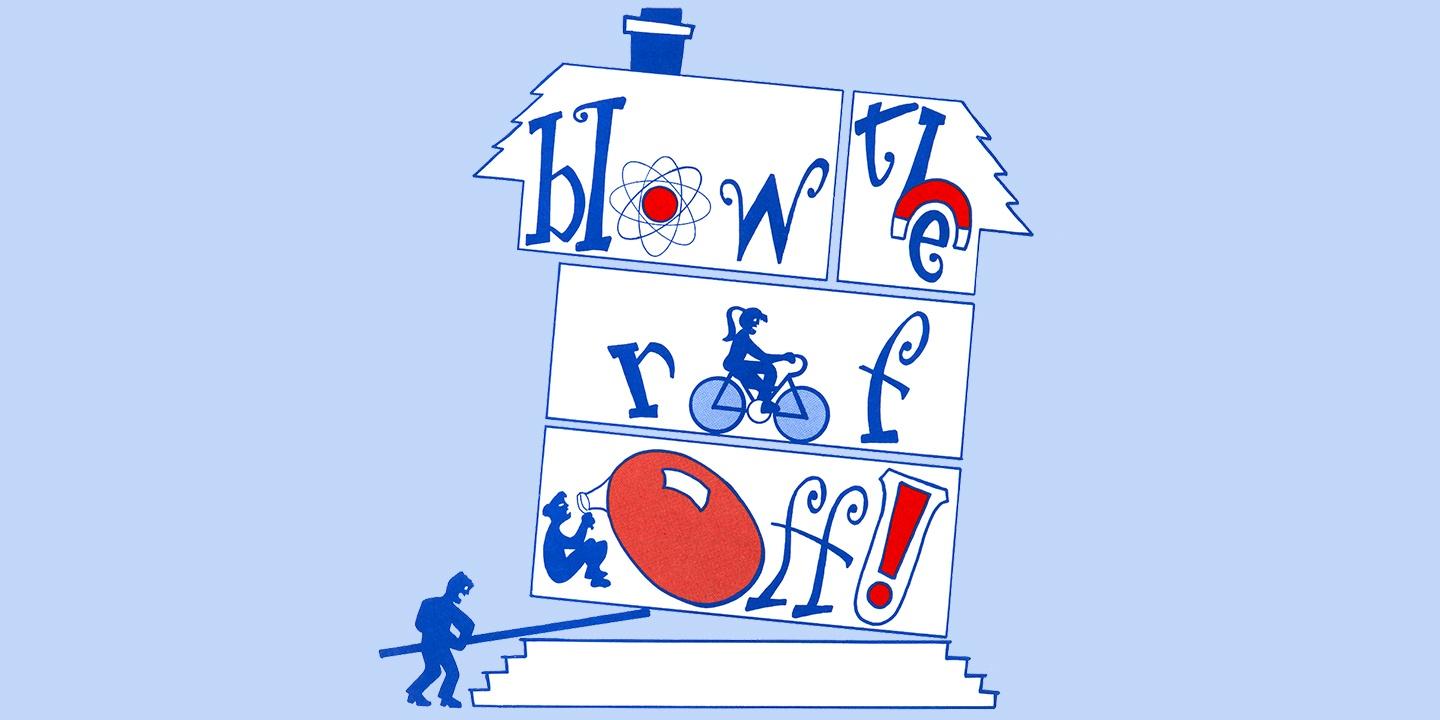PBS Western Reserve Educational Services


Make-IT: Learning Through Exploration
MAKE-IT is a comprehensive online location of resources for those looking to learn about, gear up to create, and launch or grow their Makerspace. Produced 2016. (Grades 5-6)

Gone With the Weathering: The Result — Erosion
The lessons in this guide and the accompanying videos will help you discover how majestic mountains, crooked rivers and bumpy roads are formed. Produced 2012. (Grade 4)

Earth Motion3: Our Changing Earth
Have you ever wondered how the mountains were formed or how the Grand Canyon was created? EARTH MOTION3 can help to explain these phenomena. Produced 2010. (Grades 7-9)

Phi 1.61803: Art in Math and Science
The lessons relate the mathematical concept of phi to the beauty of art. Videos study artwork at Akron Art Museum to help students understand the concept. Produced 2010. (Grade 5)

Ubiquitous Science
UBIQUITOUS SCIENCE deals with Benchmark B, “In simple cases, describe the motion of objects & conceptually describe the effects of forces on an object.” Produced 2009. (Grades

Jean-Pierre Gauthier: Machines at Play
PBS Western Reserve and the Akron Art Museum present Montreal artist Jean-Pierre Gauthier’s ingenious kinetic sculptures. Produced 2008. (Grades 2-5)

Big or Small: Measure It All
BIG OR SMALL: MEASURE IT ALL shows students how measurement is used every day in the “real world.” Produced 2007. (Grades 3-8)

Math and Science Gumbo
The Kitchen Mathematician will beat, mix, blanche, toast, boil and fricassee food to explore the math and science that goes into cooking. Produced 2005. (Grades 3-6)

108 Stitches: The Physics in Baseball
This multimedia project offers a science-based curriculum that uses the game of baseball to demonstrate basic principles of physics. Produced 2004. (Grades 6-10)

Antarctica: 90 Degrees South
This series goes south—so far south that it's almost north!—to discover the little-understood continent of Antarctica. Produced 2004. (Grades 3-8)

It’s a Gas: Math and Science of the Blimp
The workings of the blimp provide the framework for teachers to illustrate the concepts students must understand to pass Ohio’s proficiency tests. Produced 2004. (Grades 5-9)

Masters of Gravity
MASTERS OF GRAVITY is based on the All American Soap Box Derby. This series combines racing and learning in a fun process. Produced 2003. (Grades 5-6)

Ama-Zone: The Rain Forest Project
Are you ready for an adventure in the jungle? This role playing activity allows the students to explore the many issues surrounding the rain forest. Produced 2001. (Grades 6-12)

Dirty Little Secrets: Foundations From the Past
Geological findings of CSU, UA researchers. Produced 2001. (Grades 6-12)

Floating on Air
Lighter-than-air enthusiasts share the fond memories and fascinating history of Akron’s unofficial mascot of the skies. Produced 2001. (Grades 6-8)

Blow the Roof Off!
BLOW THE ROOF OFF! shares the fun and excitement of science and helps students find answers to all kinds of questions. Produced 1993. (Grades 4-5)